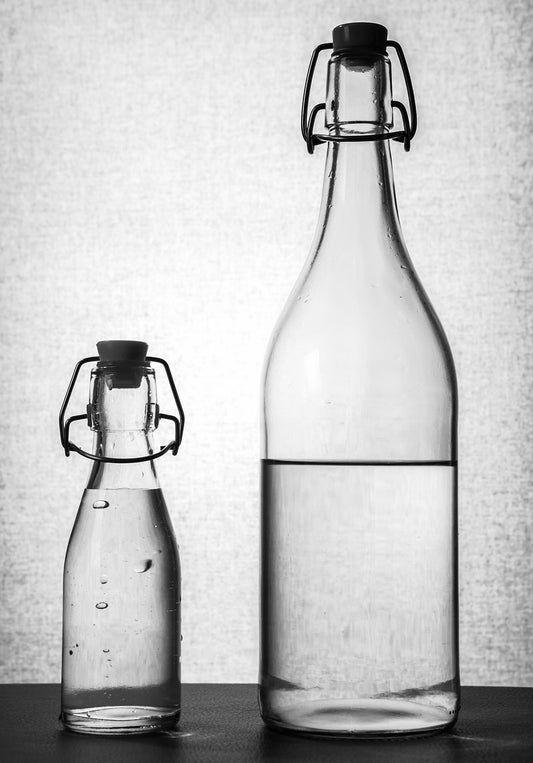
Pressure in a home heating stove: Everything you need to know
Međimurski cekerThe pressure in the heating system is one of the key factors for the correct operation and safety of the stove. Improper pressure can lead to inefficient operation of the system or, in the worst case, damage to the stove or the entire heating system. In this article, we explain the differences in pressure, how it behaves during furnace operation, and what you need to know to maintain the system in optimal condition.
Understanding heating furnace pressure
Home furnaces for heating usually work on the basis of a water system, in which water circulates through radiators or underfloor heating to heat the space. The pressure in that system varies depending on whether the system is cold or heated.
Pressure at 1 bar (cold furnace)
A pressure of 1 bar is usually considered the normal starting pressure in most home heating systems. This pressure allows enough room for the pressure to rise when the water heats up, while the system still operates within safe limits.
Pressure at 1.6 bar (cold furnace)
A pressure of 1.6 bar indicates a slightly elevated initial pressure, which is often the case with larger heating systems or in houses with several floors. This pressure allows the system to continue to function properly, but will increase more rapidly during warm-up.
Pressure at 2 bar (cold furnace)
A pressure of 2 bar is higher and is usually used in larger heating systems or systems where there is a significant height difference between the stove and the radiator. Although this pressure is still within safety limits, it leaves less room for further increase when the system heats up.
How does the pressure increase during furnace operation?
When the stove starts heating the water, the pressure in the system increases. This is due to the expansion of water due to heating. Typically, the pressure increases by 0.3 to 0.5 bar when the system is operating at full power. For example:
If the initial pressure is 1 bar, during heating it can jump to 1.3 to 1.5 bar.
If the initial pressure is 1.6 bar, it can rise to 1.9 to 2.1 bar.
If the initial pressure is 2 bar, it can reach 2.3 to 2.5 bar.
This increase in pressure is normal, but it is important that the system does not exceed 3 bars, because then there is a risk of overloading. Most heating systems have safety valves that release excess pressure if it exceeds this limit.
The importance of proper pressure maintenance
Maintaining optimal pressure in the heating system is extremely important for its safety and efficiency. If the pressure rises too quickly or drops constantly, this may be a sign of a problem. The expansion tank (which compensates for the expansion of the water) may be damaged, or there may be a leak in the system. Regular system checks and timely response to changes in pressure can prevent major breakdowns.
Disclaimer
This is not technical advice or a substitute for professional opinion. For accurate information on the operation and maintenance of your heating system, contact an authorized service technician or heating specialist. Each heating system is specific, so it is important to consult an expert to ensure the safety and optimal operation of your system.
Disclaimer: All information in this article is for informational purposes only. Always contact qualified experts for technical advice and interventions.









































































